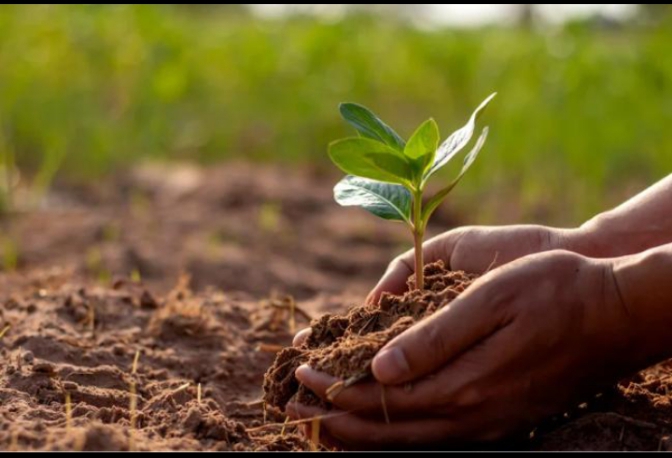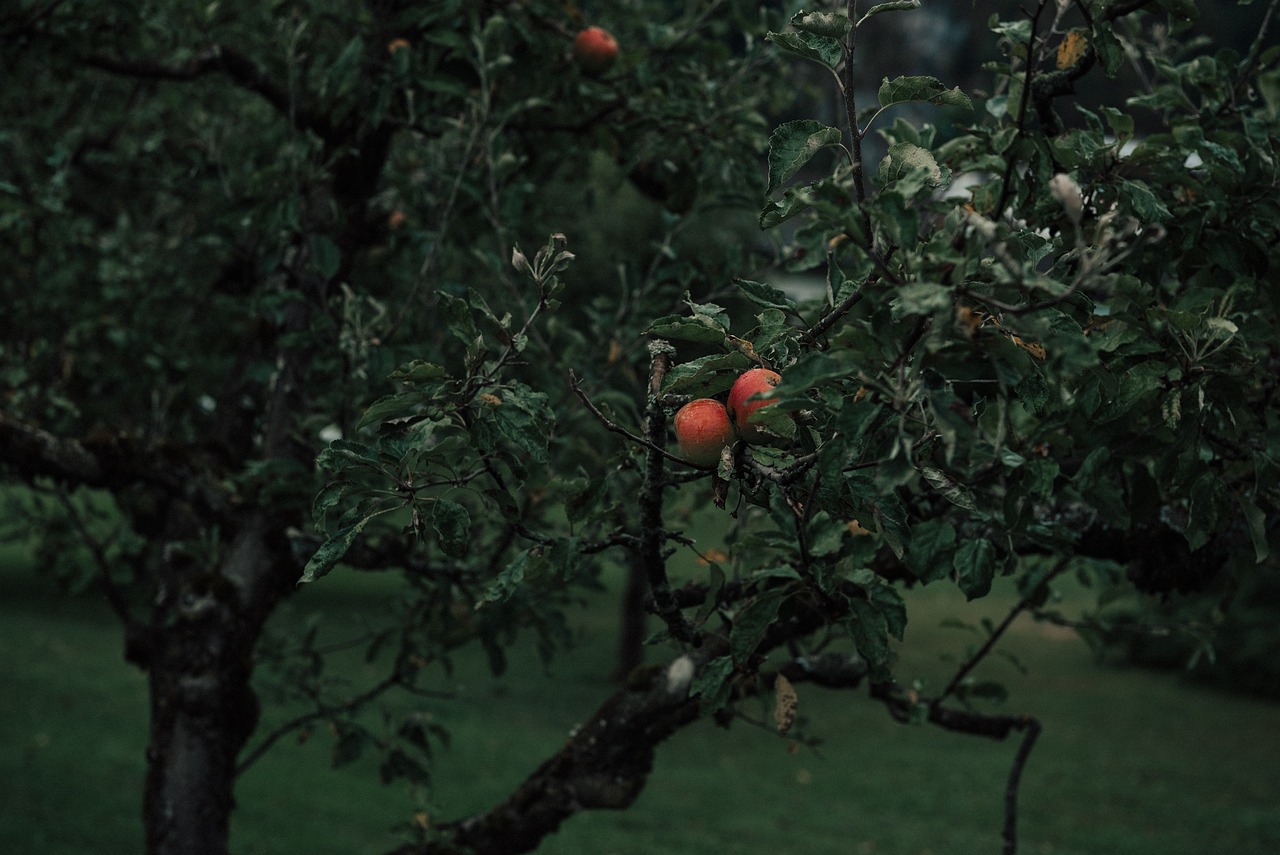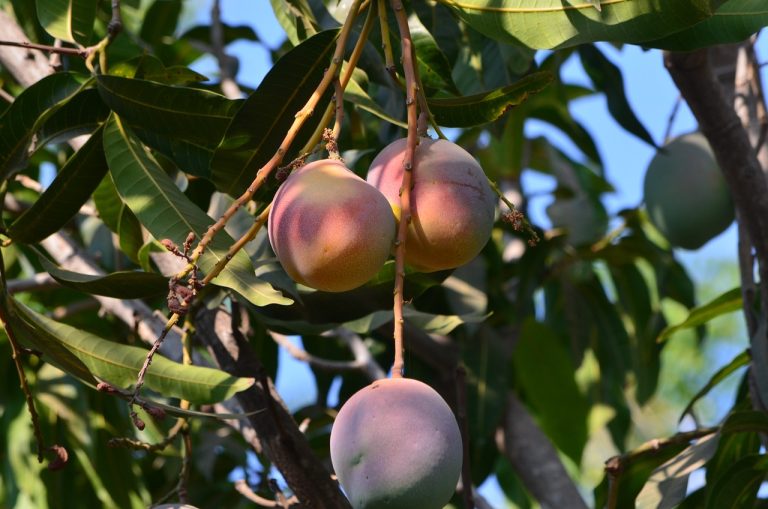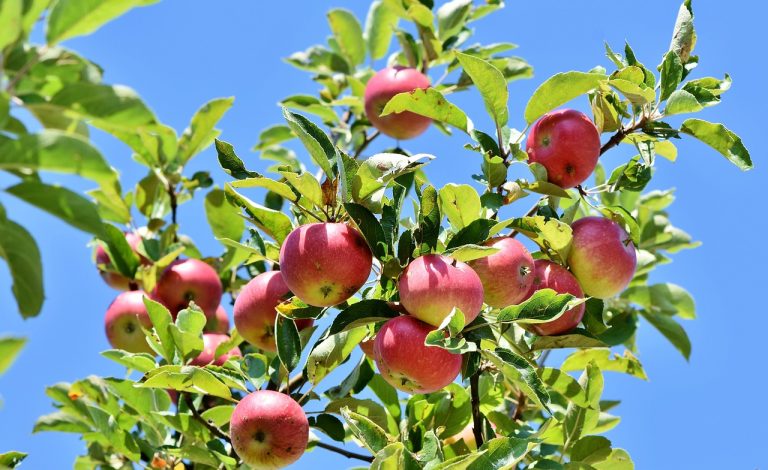HOW TO GROW AN APPLE TREE FROM PIPS UK
Have you ever dreamt of plucking juicy, ripe apples straight from your own backyard? The journey from seed to fruit-bearing tree is not just a mere horticultural task; it’s a magical odyssey of patience, care, and anticipation. In the heart of the United Kingdom, amidst its verdant landscapes, lies the opportunity to embark on this delightful endeavor: growing an apple tree from pips.
It’s a tale of nurturing life from the humblest beginnings, where each pip holds the promise of a future orchard. Join me as we unravel the secrets of cultivating nature’s bounty right in your own garden, one pip at a time.
HOW TO GROW AN APPLE TREE FROM PIPS UK?
Learn how to grow an apple tree from pips in the UK with our comprehensive guide. Discover the step-by-step process for cultivating apple trees from seeds, including selecting the right apple variety, preparing the seeds, planting them, and nurturing the seedlings.
Uncover expert tips and tricks for maximizing your success, and delve into the fascinating world of fruit tree propagation. Start your journey to orchard success today with our easy-to-follow instructions on growing apple trees from pips in the UK.
SELECTING SUITABLE APPLE SEEDS
Before embarking on this journey, it’s crucial to select the right apple seeds. Look for seeds from high-quality, flavorful apples, preferably from organic sources. Varieties that thrive in the UK climate, such as Cox’s Orange Pippin or Egremont Russet, are excellent choices. Ensure the seeds are fresh and viable by conducting a simple float test to check for seed viability.
PREPARING THE SEEDS FOR PLANTING
Once you’ve collected your apple seeds, it’s essential to prepare them for planting. Start by cleaning the seeds thoroughly to remove any remaining pulp or debris. Then, allow them to dry completely before storage. Some gardeners also recommend stratifying the seeds by placing them in a damp paper towel in the refrigerator for several weeks to simulate winter conditions and enhance germination rates.
CHOOSING THE RIGHT SOIL AND LOCATION
Select a sunny location with well-draining soil for planting your apple seeds. Loamy soil with a slightly acidic pH is ideal for apple tree growth. Ensure adequate spacing between trees to allow for proper root development and air circulation. Avoid areas prone to waterlogging, as excess moisture can lead to root rot.
PLANTING THE APPLE SEEDS
Plant the prepared apple seeds in early spring, either directly in the ground or in containers if starting indoors. Sow the seeds at a depth of approximately half an inch and water gently to settle the soil. Keep the soil consistently moist but not waterlogged during the germination period, which typically takes several weeks.
NURTURING YOUNG APPLE TREES
As your apple seedlings emerge and grow, monitor them closely for signs of stress or nutrient deficiencies. Provide regular watering and protect them from pests and diseases by practicing good garden hygiene. Consider placing protective barriers around young trees to deter browsing animals.
TRANSPLANTING SEEDLINGS
Once your apple seedlings have developed several sets of true leaves, they can be transplanted into larger containers or directly into the ground. Choose a mild, overcast day for transplanting to minimize stress on the young plants. Ensure the soil is well-prepared and amend with compost or organic matter to provide nutrients for healthy growth.
PRUNING AND TRAINING THE APPLE TREES
As your apple trees mature, they will require pruning and training to shape them for optimal growth and fruit production. Remove any dead, damaged, or crossing branches to encourage airflow and reduce the risk of disease. Train the main stem to a central leader and prune lateral branches to maintain an open canopy structure.
MAINTAINING HEALTHY GROWTH
Regular fertilization and mulching will help keep your apple trees healthy and productive. Apply a balanced fertilizer in early spring and mulch around the base of the trees to retain moisture and suppress weeds. Water deeply during dry spells, especially during the summer months when fruit is developing.
DEALING WITH COMMON ISSUES
Despite your best efforts, apple trees may encounter pests and diseases from time to time. Monitor your trees regularly for signs of trouble, such as aphids, apple scab, or powdery mildew. Employ organic control methods whenever possible, such as introducing beneficial insects or spraying with neem oil.
HARVESTING APPLES FROM YOUR TREE
After several years of diligent care and patience, your apple tree will reward you with a bountiful harvest of fresh, flavorful apples. Harvest the fruit when it reaches its mature color and easily detaches from the tree with a gentle twist. Store apples in a cool, dark place or use them immediately in a variety of delicious recipes.
ENJOYING THE FRUITS OF YOUR LABOR
Whether eaten fresh off the tree, baked into pies, or pressed into cider, homegrown apples are a true delight. Share your harvest with family and friends, or preserve the abundance by canning or freezing for later use. The satisfaction of enjoying fruit grown with your own hands is unmatched.
TIPS FOR SUCCESS
Growing apple trees from pips requires patience, dedication, and a willingness to learn from both successes and failures. Keep experimenting with different varieties and techniques, and don’t be discouraged by setbacks along the way. Each season brings new opportunities for growth and discovery in the garden.
ENVIRONMENTAL CONSIDERATIONS
By growing your own apple trees, you’re not only providing yourself with fresh, organic produce but also contributing to a more sustainable food system. Home gardening reduces reliance on store-bought produce, minimizes carbon emissions associated with transportation, and promotes biodiversity in your local ecosystem.
Frequently Asked Questions (FAQ) about “How to Grow an Apple Tree from Pips UK”
Can I grow an apple tree from any apple seed?
While it’s possible to grow an apple tree from most apple seeds, not all seeds will produce fruit identical to the parent tree. For best results, choose seeds from flavorful, high-quality apples.
How long does it take for an apple tree to bear fruit from seed?
Apple trees grown from seeds typically take several years to mature and produce fruit, often ranging from five to eight years depending on growing conditions and variety.
Do I need to plant multiple apple trees for pollination?
Most apple varieties require cross-pollination with another compatible variety to set fruit. Planting multiple trees or selecting self-fertile varieties will ensure successful pollination and fruit production.
What pests and diseases are common in apple trees?
Common pests include aphids, apple maggots, and codling moths, while diseases such as apple scab and powdery mildew can also affect tree health. Regular monitoring and proper care practices can help prevent infestations.
Can I grow apple trees in containers?
Yes, apple trees can be grown in containers, provided they have adequate space, sunlight, and drainage. Choose dwarf or patio varieties for best results and ensure containers are large enough to accommodate root growth.
CONCLUSION
Growing an apple tree from pips in the UK is a rewarding and enjoyable endeavor that allows individuals to connect with nature and produce their own fruit. While it requires patience, care, and attention to detail, the process is ultimately straightforward and accessible to gardeners of all levels.
By following the steps outlined, from selecting healthy seeds to nurturing seedlings and providing proper care as the tree matures, one can successfully cultivate a thriving apple tree that bears fruit for years to come. Moreover, the act of growing from pips fosters a deeper appreciation for the natural world and the interconnectedness of ecosystems, encouraging sustainable practices and a sense of stewardship for the environment.
Whether undertaken as a hobby or with a goal of harvesting homegrown apples, the journey of growing an apple tree from pips in the UK is both educational and fulfilling, offering a tangible embodiment of the cycle of life and the beauty of cultivation.





